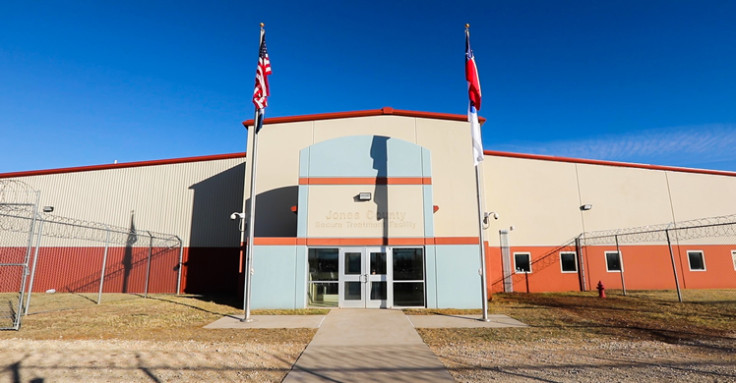
Since returning to the White House in January, the second Trump administration has taken several steps to fulfill President Donald Trump's stated goal of carrying out "the largest deportation" in U.S. history, targeting individuals he and other officials have described as "the worst of the worst."
Despite daily reports of immigration arrests across the country, legal observers say the Trump administration has largely stopped releasing the detailed data once made public under previous administrations, making it harder to know exactly how many people have been detained or deported.
But according to an exclusive report by The Texas Tribune, of more than 138,000 arrests nationwide between January and July, nearly one in every four took place in Texas.
The investigation found that of the 10 counties with the most ICE detainers, requests from immigration agents to hold individuals for deportation, four were in Texas, with Harris County Jail ranked first in the nation.
As one expert told The Texas Tribune, the high number of arrests and deportations in Texas is the result of state laws and local cooperation that have made it easier to advance Trump's immigration agenda.
"What is happening in Texas is that there seems to be a system in place that makes it easier to help ICE deport people, compared to other states like California, where there is more resistance," Rocío Páez Ritter, a sociology and criminology associate professor at the University of Arkansas, told the outlet.
"From Trump's inauguration to July 29, ICE made 138,068 arrests nationwide, 24% of them in Texas."
According to data obtained through a public records request to the Department of Homeland Security by the Deportation Data Project, a group of immigration lawyers and professors, ICE's average daily arrests more than doubled between January and late July compared to the last 18 months of the Biden administration, rising from 85 under Biden to 176 under Trump.
Among the report's findings was a sharp increase in arrests of individuals with no prior criminal record, which jumped from 42 percent to 59 percent, despite a recent statement from DHS saying that 70 percent of ICE arrests have been "criminal illegal aliens charged with or convicted of a crime in the U.S."
César Espinosa, executive director of the Houston-based immigrant rights group FIEL, said his organization can gauge the speed of ICE operations by the number of calls it receives.
"During the Biden administration, we might get one or two calls a month, sometimes every other month, about someone picked up by ICE," Espinosa said. "Now we're averaging about 15 to 20 calls a day."
That surge reflects what the data show. According to The Texas Tribune, ICE averaged 727 arrests per day during the first six months of Trump's second term, more than double the 304 daily arrests under the previous administration.
Monthly arrest totals have also more than doubled in some cases. In June 2025, ICE recorded about 7,500 arrests, the highest monthly figure in recent years, triple the number reported in June 2024.
Experts say the recent spike in arrests may only be the beginning, with the administration planning to hire 10,000 additional ICE agents in the coming months to ramp up immigration enforcement.
Aaron Reichlin-Melnick, a senior fellow with the American Immigration Council, told The Texas Tribune the rise in arrests and deportations could continue for at least two more years.
"So as those new officers come on, that is inevitably going to lead to a major increase in arrests, and as detention centers come online, more people will be detained, and so immigration enforcement is going to get more aggressive over the next two years," he said. "I don't see this as just an initial surge followed by a slowdown. I think the goal of this administration is pedal to the metal at all points."
© 2025 Latin Times. All rights reserved. Do not reproduce without permission.







